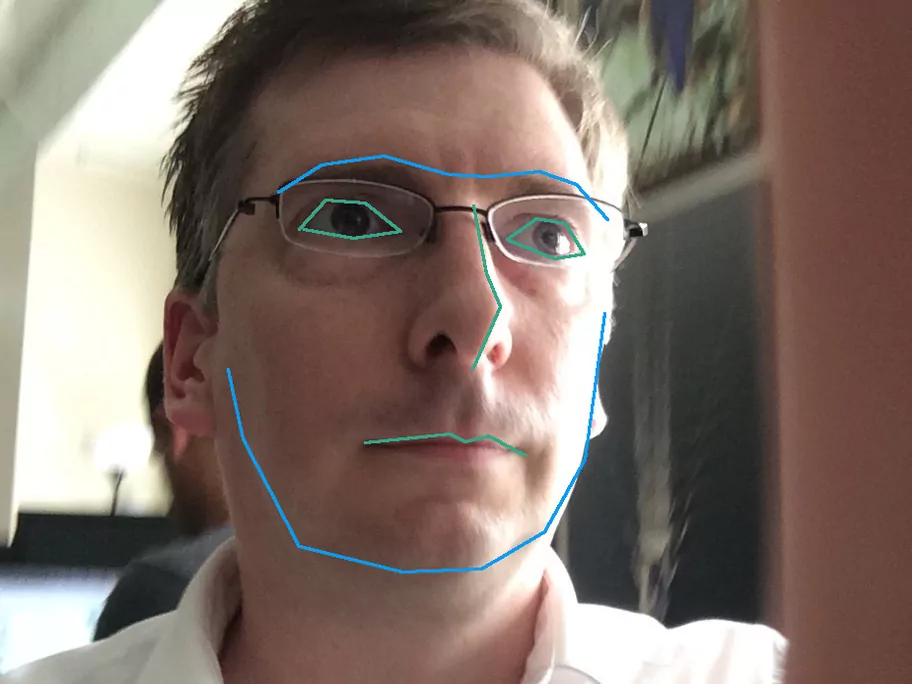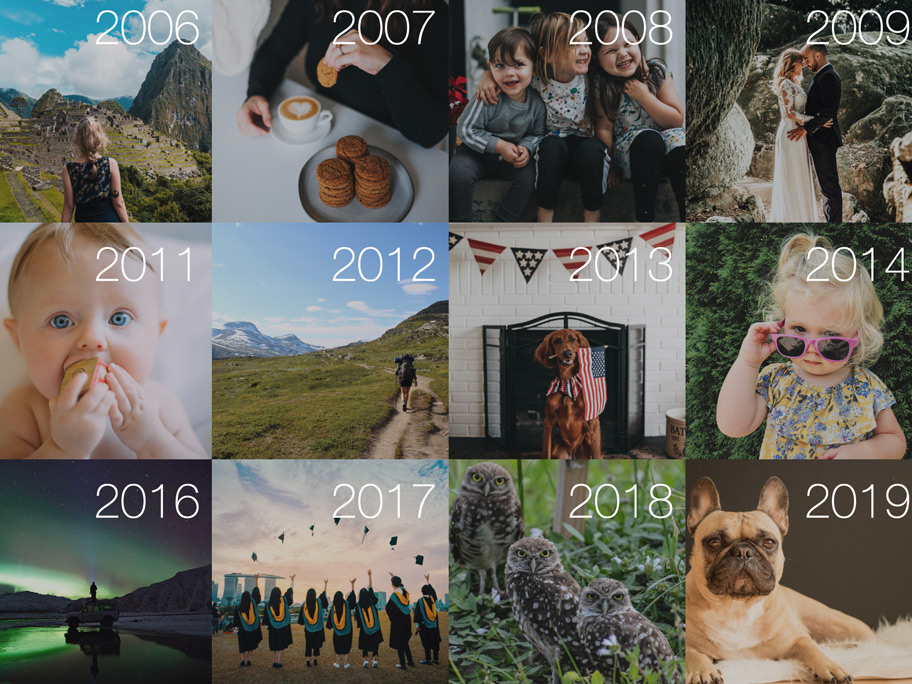Hello! I am Tim Turner, a member of Mylio’s engineering team. I enjoy sharing behind-the-screen looks at how our software works. In this post, you will learn how to customize face recognition in Mylio Photos — and why you might want to do that.
One of Mylio Photos’ most popular features is its ability to detect, identify, and suggest tags for faces (with complete privacy) on your own computer and other linked devices. My family has a strict policy on sharing photos of us online, so I appreciate having photo solutions available that honor privacy.
If you want to know more about the technology behind the face recognition tool, read this article. For step-by-step instructions on how to tag people in your photo library, visit our product manual (including the section on customizing facial recognition settings).
Understanding how (and why) you may want to customize face detection’s advanced settings
With Mylio Photos, you can optimize the way face detection works in your library. Before we start, it’s helpful to know that Mylio Photos’ face recognition works faster and more accurately on computers. The tool runs well on mobile devices, too. Plus, the app automatically rescans any lower-quality face-recognition results whenever higher-quality machines like computers are connected and running.
Here’s a guide to help you experiment with and customize Face Recognition’s advanced settings:
In the Mylio Photos app, click or tap on the More menu (three horizontal dots at the top-right of the app). Select Settings, then Advanced to see the Advanced Settings menu, shown below.

1. Turn Face Recognition On (or Off)
Mylio Photos’ Face Recognition is ON by default. If you don’t want face detection running on a device, simply turn it off. This setting is device specific, so your other Mylio Photos-connected devices will still detect faces and allow those tags and organization to be seen on every device. You may choose to turn the tool off on a device where you don’t want to waste processing power running face detection. That said, we recommend you leave the app running on all your devices as often as possible, so it can detect more faces faster with the highest fidelity.
2. Restrict Face Detection on Battery
The face detection feature uses processing power and processing power requires electricity. If you’re trying to preserve battery life (e.g., on a laptop running on battery only), selecting the setting to Restrict Face Detection on Battery will help reduce the app’s total electricity consumption whenever your device is not plugged in to a power source.
3. Face Recognition Proposals
Face Recognition Proposals lets you adjust the slider for More Proposals or More Accuracy, at opposite ends of the scale. Through our engineering and testing experience, we have found that the app does the best job of face recognition when set to about 80%. This favors accuracy over the number of suggested faces that may be a match. We recommend most users leave the setting at its default. This means a face of Aunt Lois must look approximately 80% like already tagged faces of Aunt Lois for the tool to propose it as a match.
If Mylio Photos is proposing too many pictures of Cousin Rachel as a possible match for Aunt Lois, you can adjust the Face Recognition Proposals slider to increase the accuracy as needed. Increasing the accuracy doesn’t change your photos’ data. It just gives you fewer face-match proposals with greater precision. Feel free to experiment.
How changing accuracy settings affect results
I used the app’s Sample Library to do Batch Tagging (tagging several proposed faces at once) and experimented with accuracy settings. You can see the results below.
Face Recognition Proposals set at 95%: You’ll notice in the screenshot below that only two named “face clusters” (see below to learn about these) have been proposed: Hans and Roberta. In addition, the tool found just three sufficiently accurate face clusters for Hans in the library’s photos.
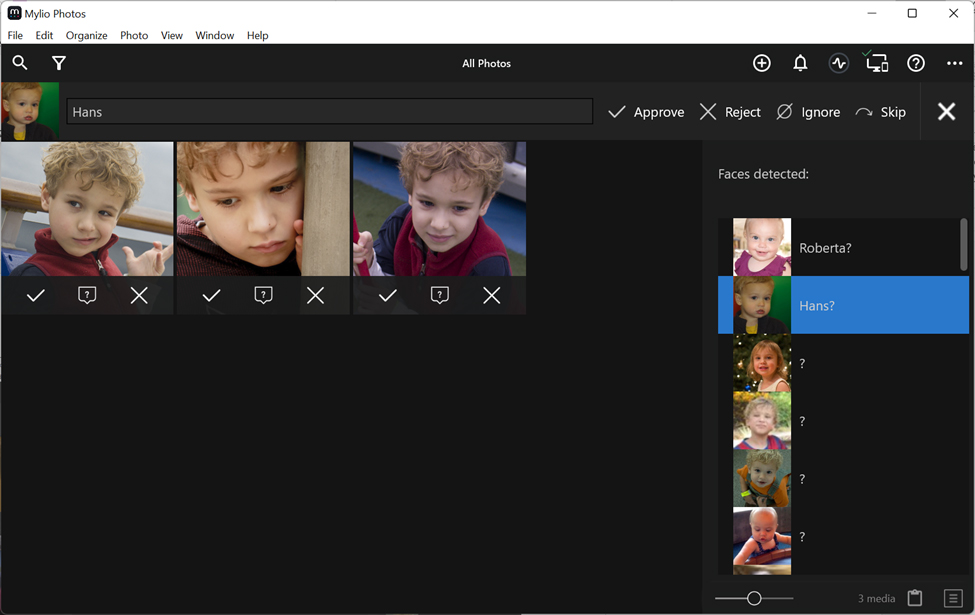
What the heck is a face cluster anyway? Our face recognition technology works by scanning faces and mathematically measurng “landmark” features. Each face gets a unique numerical description that is mapped as a face cluster. The app uses the cluster to recognize and make proposals for that person. Read more about clusters.
Face Recognition Proposals set at 20%: In the screenshot below, the tool has proposed a wider range of faces among the proposed face clusters. But it also found more sufficiently accurate face clusters for Hans in the library’s photos. At a lower accuracy setting, you’re likely find more correct matches in the end but you’ll need to review the results more carefully to reject incorrect matches.

4. Merge Small Batches
When Merge Small Batches is toggled ON (the default setting), the software adds a Miscellaneous category to the list of clusters in Batch Tagging. You can adjust the size of the Minimum Batch setting by moving the Minimum Batch Size slider. The smaller the minimum-batch setting, the more unnamed face clusters will show up in the list and fewer faces will show up in the Miscellaneous category (and vice versa).
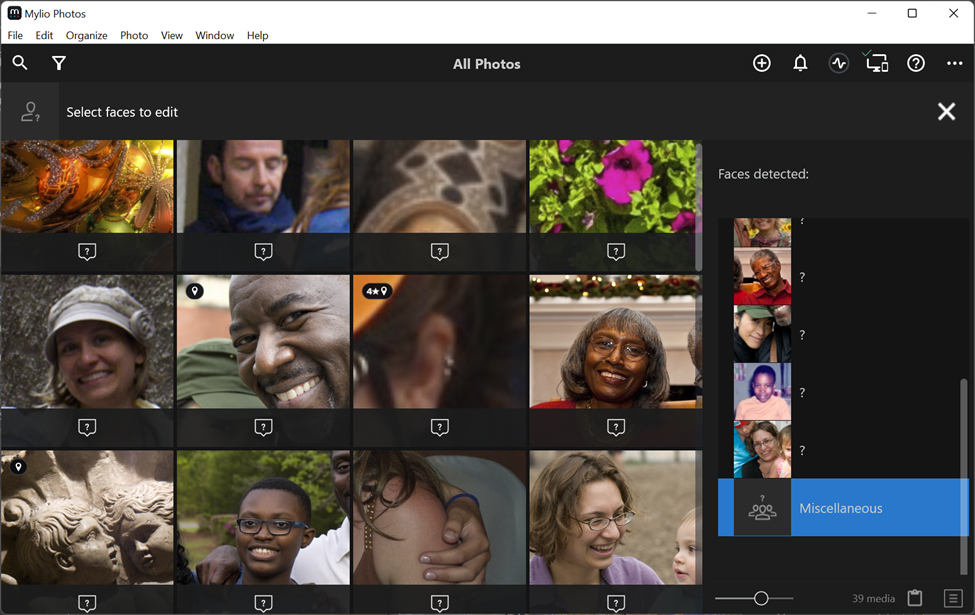
If you’ve already started face tagging, the unnamed face clusters in your library will mostly be outliers and “strangers in the background.” So, having these clusters consolidated in the Miscellaneous category may be more efficient. You can see them all at once and choose which to tag, then ignore the rest.
To permanently ignore faces, select the suggested faces and press the “Ignore” button in the upper right corner, as shown below.

5. When typing names enable 1-5 shortcuts
When tagging a face in Single Photo View, the app will list possible matches. Each suggestion is numbered. When this option is enabled, typing that number will autocomplete the tag. If you start typing a name, the app’s initial suggestions (and the autocomplete numbers) will clear. Instead, the list will show people with similar names.
Note: This setting is OFF by default. In default mode, the app will only apply the number-key shortcut if you tap the corresponding number before typing out any letters.
If you toggle this setting ON, Mylio Photos will apply the shortcut whenever you type the associated autocomplete numbers. In most instances, this makes it easier to tag faces.
However, if you know several people named Bill and tagged them as Bill1, Bill2, and Bill3 because you don’t know their last names, you’ll want to avoid enabling this setting. When enabled, if you type 3, the app will autocomplete the tag for the third person in the match list, who may not be Bill3.
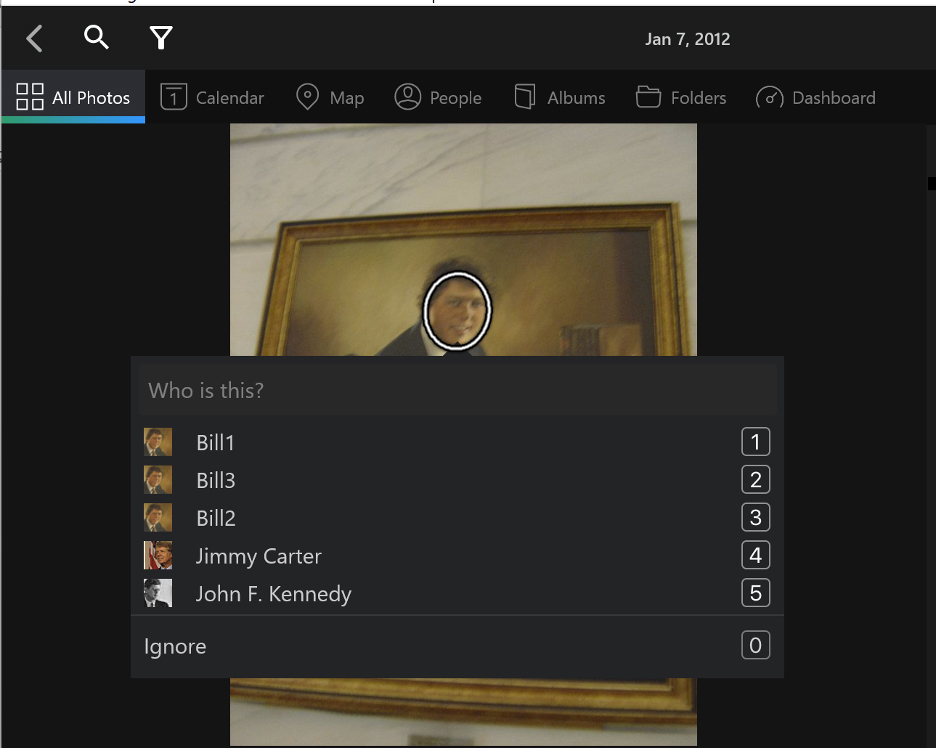
6. Scan files for text (OCR)
OCR stands for Optical Character Recognition. Mylio Photos can recognize any text in your image and adds that information to photos in your library. You can use the search parameter “ocr:” to search specifically for text.
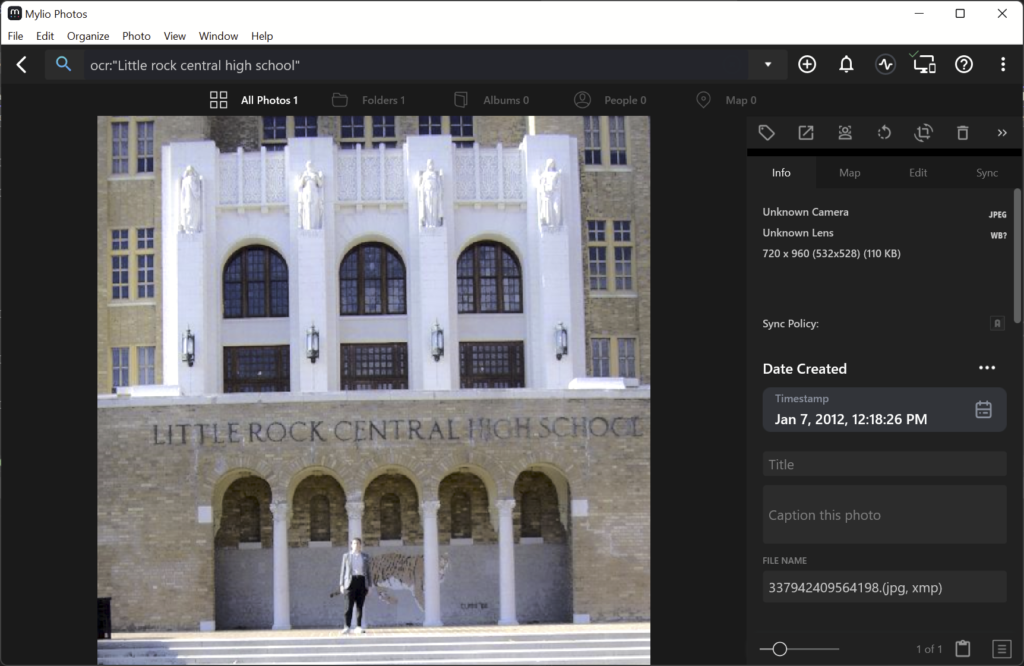
Using Mylio Photos’ Face Recognition is a great way to relive memories and discover photos you forgot you had. Customizing the tool’s controls can help you get more accurate results and save time as you organize and protect your precious memories.


